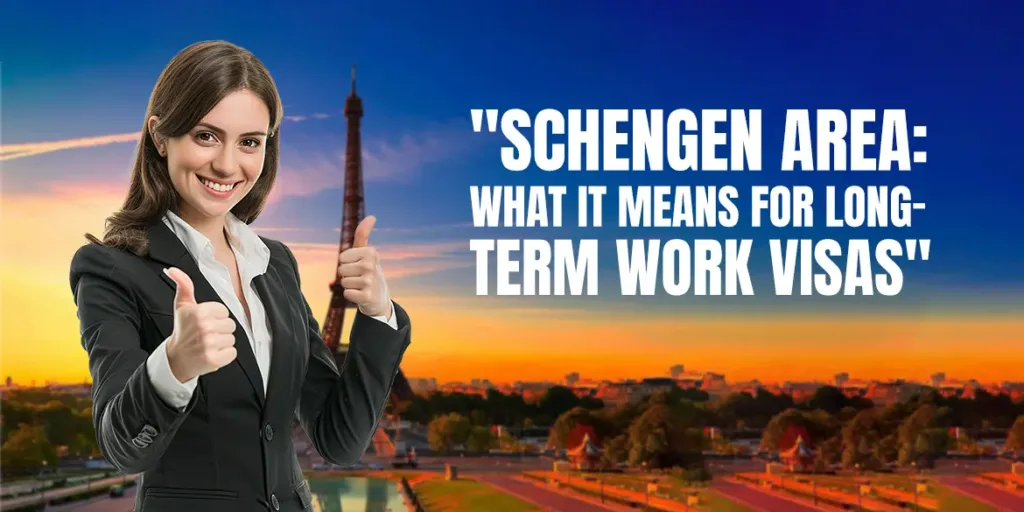If someone is eager to pursue a job in Europe then it would be quite normal for him or her to keep coming across the term Schengen Area. It sounds grand and promising, but most people are in a state of bewilderment as to what this term really implies for long-term work visas. Is it really true that you can work anywhere in Europe if you have just one visa? Are you able to relocate from Germany to France because of a better job opportunity? Well, let’s simplify the Matter.
What is the Schengen Area, really?
Basically, Schengen is a group of 29 European nations that have signed an agreement to remove border checks between them. So it is like if you enter a country that is part of the Schengen zone, you can travel to the other members without having your passport stamped again. Best of all – for tourists. One visa, multiple countries. But if you want to work, there are changes in the rules.
Schengen Visa vs. Work Visa – Huge Difference
Here is where the majority of the confusions reside: Schengen Visa (short-term) → Valid for up to 90 days in 180 days. It is a perfect fit for a tourist, a visitor, or a business traveler. Not for jobs. A work visa (long-term) / National Visa → If you want to actually live and work in a country like Germany, you need a national work visa or residence permit issued by that specific country. For instance: A German work visa lets one work in Germany only. Hence, it can’t be used to work lawfully in either France or Spain while you are there.
Rules and Limitations You May Be Concerned About
Country-specific Rights: A permit to work is tied to a particular country. A German work permit = a right to work in Germany only.
Travel Flexibility: It is true enabling you to enter other Schengen countries for a maximum of 90 days but this is only allowed for travel purposes and not for work. Residence and Permanent Residency: Long-term work visa usually leads to the gate of residence. In Germany, you are allowed to apply for PR after 3 years of skilled work. Changing Countries = New Visa: Suppose you are in Germany and an opportunity for you to work in France has just come up; then you must apply for a French work visa personally.
How Schengen Rules Function in Real Life
Job Seeker Visa Scenario: For example, if a German Job Seeker Visa is granted to you, you can go to Germany, take interviews and travel Europe during the 6 months period. But the only time you would be allowed to start working is after the conversion into an actual German work Permit.
Family: In case your wife and children are with you in Germany, they might be able to travel across the Schengen as well. Nevertheless, their authorization to stay, study, or work is
assigned to Germany.
Health Insurance: In every long-term visa, having valid health insurance is a must. This is non-negotiable — it is there to protect you and is a key part of the visa approval process. In short, Schengen visas (90 days) are for traveling, not for working. Long-term national visas (such as the one from Germany) is the only proper way with which a person can get a job and live in the country he/she intends to study. You can travel anywhere within Schengen with that visa, but you can only work in the country that gave you the visa. Moving to another Schengen country means that you have to go through the whole visa
application process again.
That’s where we come in. Prowiden Overseas is all about making the process transparent and hassle-free for you — from eligibility checking to handling documents, contracts, family visas, and even PR advising. You work on your future while we do the paperwork for you



